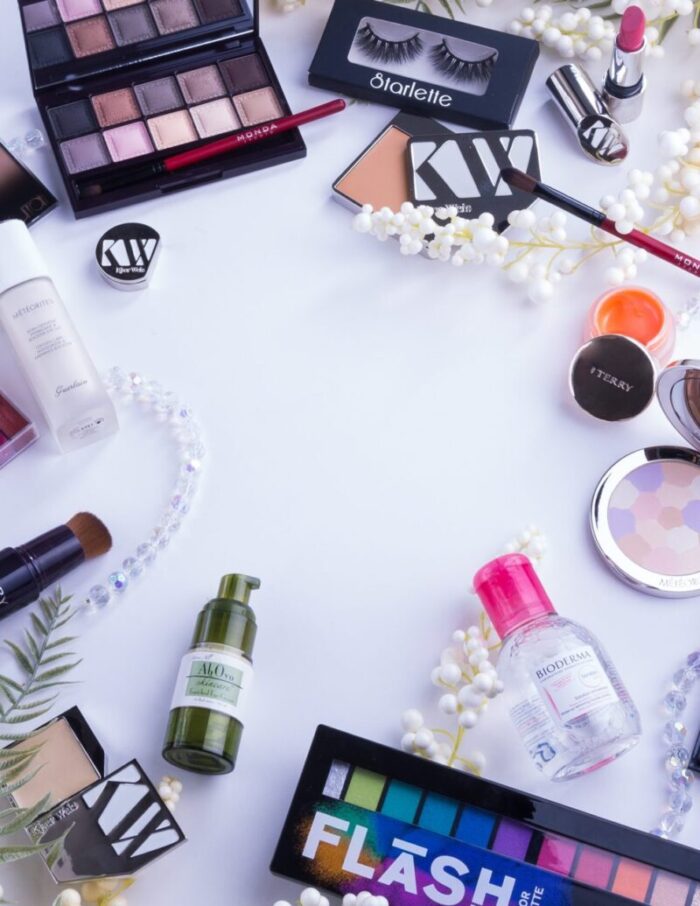How Beauty Brands are Addressing the Post-Pandemic Retail Landscape
With much of the country in various stages of reopening, the beauty clients we work with are grappling with a transformed retail landscape. Whereas once beauty brands like Sephora looked to create “experiential” outposts in their retail locations, they’ve been forced to expend a lot more effort in the digital sphere.
As retail brands pick up the pieces, expect these major trends to shape the next year:
More focus on corporate responsibility initiatives
More giving back: A number of brands have attempted to find new roles for themselves through community-focused initiatives. Brands like Dial and Sephora are donating goods to help fight the pandemic and support front-line workers.
We know from our own poll that social responsibility is a major driver of employee satisfaction.
Serving new consumer behaviors
Makeup sales have been a mixed bag during the pandemic, with many core consumers shifting their beauty routine from all-day wearability at the office to looking good on brief Zoom calls. And, as workers return to the office, brands may focus on products that consumers will enjoy while wearing masks, for example, eye treatments.
Investment in social and social shopping
Sampling and experiential behavior have long been important to beauty brands, however, sharing products has become verboten in the post-pandemic age. Look for brands to beef up their focus on digital experience, especially around popular social channels like Instagram, Facebook and TikTok. Accordingly, brands will need smart digital and e-commerce professionals who can conjure shareable online experiences that translate into sales.
Omnichannel Experimentation
Reopening retail across the country is presenting new opportunity for those who capitalize on consumers’ impatience to get a product in their hands as quickly as possible. “Order online and pick up in store” has been popular with chains like Walmart and Best Buy, and may be an worthwhile avenue for beauty brands if they know how to capitalize on this relatively new consumer behavior.
The post-pandemic playbook of beauty brands must include, therefore, executives who are adept at bridging the digital and in-store experience divide.
Community consciousness
In the post-COVID landscape it’s not enough to pledge to listen to community. Action is essential. Look for beauty companies to embrace their role as community builders both on- and off-line, and express more sensitivity to representation of diverse consumers and progressive causes. Such a focus will surely have carry-over to marketing efforts aimed at enhancing brand loyalty and a sense of connection and relationship to other like-minded consumers.
More online events
Expect to see greater sophistication and reliance on online events to launch new products and explore regimens and treatment options. Beauty brands, which have long been reliant on YouTube and Instagram personalities to spark discovery among key demographics, will need to take a more robust look at content creation for digital platforms, much of it live or video-based.
DIY treatments
One area that’s seen growth during the COVID-19 era is DIY and at-home treatments for skin and nails. Expect brands to attempt to capitalize on and sustain this momentum through enhanced product offerings in this arena.
Read our article on the subject: Most Highly Sought Digital & E-commerce Skills for Post-Pandemic Retail



